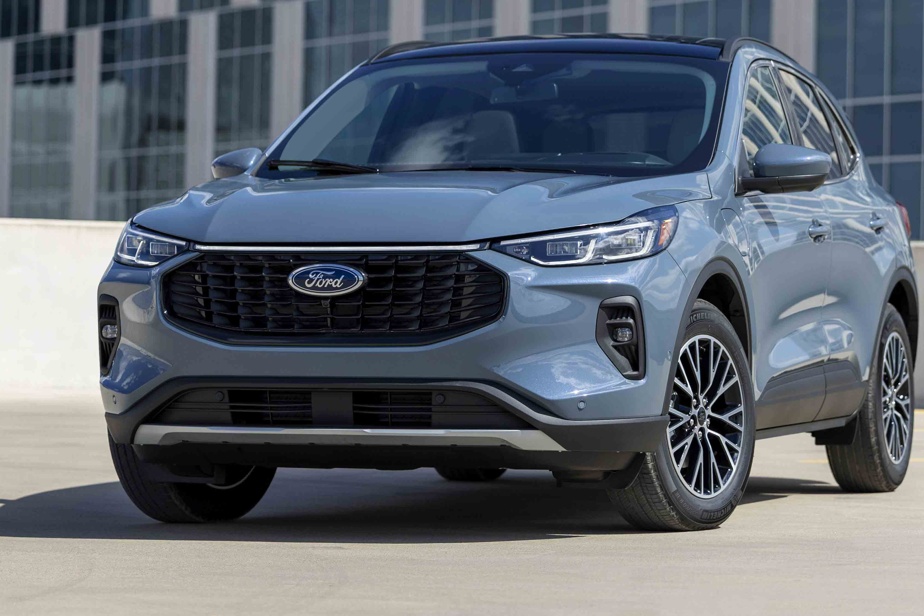General Motors intends to relaunch its production of plug-in hybrid engines. Others will follow suit. Until then, the Outlander PHEV is mainly targeting three competitors.
Two or four wheel drive?
As long as all-wheel drive (four-wheel drive) is not a determining criterion, the Ford Escape PHEV deserves consideration. In fact, the American utility vehicle only drives its front wheels, but costs barely less to acquire ($47,694). Its thermal engine is also more economical. On the other hand, the recharging speed of the Escape PHEV is slower than that of the Mitsubishi, but the electric range is approximately equivalent. More agile to drive, the Ford however suffers from a dated presentation.
No third bench

PHOTO PROVIDED BY HYUNDAI
Hyundai Tucson
Faster than the Outlander PHEV, the Tucson PHEV ($49,499), however, cannot cover as great a distance in electric mode (53 km). In addition, its all-wheel drive system is far from being as sophisticated and efficient as that of its Japanese rival, which provides better stability and greater traction. On the other hand, the Hyundai offers an integrated charger promoting faster charging and greater trunk volume, but no third bench.
A tarnished reputation

PHOTO PROVIDED BY TOYOTA
Toyota RAV4 Prime
No third bench either for Toyota’s RAV4 Prime. Noisier, the latter is by far the most energy efficient, while being the most efficient of all the models presented here. Unfortunately, it is the most expensive (starting at $54,212) and the waiting time to obtain it is rather long. In addition, the qualities displayed by this model are today overshadowed by the series of corroded cables which still cause a lot of concern.
